|
Major General Hoang Anh Tuan, Head of the military delegation of the Provisional Revolutionary Government of the Republic of South Vietnam (second from left), is pointing to the well that the enemy accused of being a fighting tunnel dug by us in Davis Camp (April 1975). (Photo: DINH QUOC KY) |
Lesson 1: The Resilient Battlefield
Receiving an invitation to attend the meeting to celebrate the 50th anniversary of the Liberation of the South and National Reunification Day (April 30, 1975 - April 30, 2025) from the Veterans Liaison Committee of Camp Davis, we contacted Colonel Dinh Quoc Ky, former liaison officer of the Military Delegation of the Provisional Revolutionary Government of the Republic of South Vietnam (Group B), and were warmly received by the Colonel. Joining us in the conversation was Mr. Phan Duc Thang, former interpreter officer of Group B. The two men recounted many unforgettable memories of the days of fighting surrounded by the enemy.
Into the "tiger's den, snake's mouth"
The young man from Hanoi's Old Quarter, Dinh Quoc Ky, was present in the southern battlefield since 1965, participating in historic battles on the Central Highlands battlefield. In January 1973, he was an officer of the Political Department of the Southern Liberation Army-B2, entering Davis Camp to take up his duties at the Return Subcommittee. During 823 days and nights of fighting in the heart of the enemy, he and his comrades successfully completed their mission.
More than 50 years later, recalling the days of operating in the enemy's lair, Mr. Ky shared that Saigon required us to go through "entry" procedures, but we resolutely rejected them, citing the Geneva Agreement and the Paris Agreement, both of which recognized Vietnam's territorial integrity, and that there was no such thing as "two nations".
For more than a day sitting on the plane in the middle of the runway at Tan Son Nhat airport, they had to serve us food and personal activities. Finally, fearing the impact on the return of American prisoners of war, the International Commission intervened, they had to send a car to pick us up, but the car had a white flag (?!).
At the appointed time, they sent planes to bomb Thien Ngon airport in the liberated zone, where American helicopters welcomed the delegation of the Provisional Revolutionary Government of the Republic of South Vietnam led by Lieutenant General Tran Van Tra to Davis Camp.
Mr. Phan Duc Thang added that Saigon also sent thugs to assault and cause casualties to our officers and soldiers on duty. In Bao Loc, they ambushed and shot dead four comrades.
On February 9, 1973, thugs attacked us in Buon Ma Thuot, injuring 6 people. Lieutenant Colonel Vanden Bosche, the US representative at the local Four-Party Joint Military Team, had to report to the US Mission in Saigon: “This incident was arranged and carried out by representatives of the Government of the Republic of Vietnam, with the assistance of the National Police force.”
When we took over, Camp Davis was in disarray. Our Security Department had to search and probe every inch, and found a number of electronic devices installed in conference rooms, offices, and even bedrooms.
Around the camp, the enemy surrounded it with barbed wire, planted mines, set up 13 guard posts, and pointed machine guns at us all day long. They cut off electricity, water, and disrupted radio communications... causing us a lot of trouble.
At the first Four-Party meeting, they placed a sign “Provisional Revolutionary Government Delegation” on the table. Lieutenant General Tran Van Tra sternly warned, demanding that “Provisional Revolutionary Government of the Republic of South Vietnam” be fully written before opening.
They planted CIA, DIA agents of the US; Central Intelligence Office, General Police Department, Department 2 of the General Staff and the puppet military security department as drivers, electricity and water repairmen, food and provisions suppliers...
Their delegation's officers and staff always look for opportunities to meet, entice, and entice our comrades to "recruit". Once, Major Dinh Cong Chat, who used to live on Lo Duc Street (Hanoi), started talking to a young lieutenant of ours. After a while, Major Chat clicked his tongue and squinted his eyes: "Come join us, it's so much fun, with all the flavors and smells...". Our young lieutenant retorted: "Hey, what kind of psychological warfare is that? You should throw it in the trash!". Major Chat was so embarrassed that he ran away...
Once they went back to their hometown and met the mother of a comrade in Group B, enticing her to go to Saigon to see her son. But she replied that her son joined the revolution to “fight the invaders” and “liberate the homeland”, so don’t even think about using her to lure him away from the ranks.
Mr. Ky continued, after 1975, a comrade of ours changed his career, went to study in New Zealand, and coincidentally met a former enemy technical intelligence officer. He said, back then, we could hear everything you said through the wiretap, but “the more we listened, the more we realized that we could not defeat you. You were too resilient, too innocent!”
Colonel Nguyen Van Hoc, Head of the Counter-Intelligence Department of the Saigon Military Security Department, confessed: "We met a very tough opponent."
Stick to your goals
For us, the complete withdrawal of US and allied troops is the main and consistent goal. Colonel Dinh Quoc Ky said that the US side deliberately did not announce the first phase of troop withdrawal, demanding to link the withdrawal of US troops from South Vietnam with the return of US prisoners of war captured in the Laos battlefield, which is not included in the Paris Agreement.
The US also intended to "re-insert" military personnel, including some members of the US Military Delegation in the Four-Party Joint Military Commission and 159 Marines protecting the US Embassy in Saigon.
They signed contracts with American contractors to have military advisors and personnel disguised as “civilian contractors” to support the Military Attaché Office - DAO and provide logistical support services to the Saigon army.
Davis Camp became the liberated zone, the "Headquarters" of our two delegations, where we openly fought to demand the implementation of the Paris Agreement and forced the Saigon government to return more than 31,000 military and civilian prisoners; where we raised high the flag of justice, mobilizing international public opinion and southern public opinion to support us.
The most touching moment was when I witnessed the DC-9 number 40.619 of the US Military Transport Command take off, carrying the last 95 US soldiers, including General Friedrich Wayend, Commander in Chief of the US Supreme Command (MACV) and 5 senior officers, leaving Vietnam. It was 4:30 p.m. on March 29, 1973. On the same day, in Hanoi, the last pilot prisoners were returned to the US side.
Nhandan.vn
Source: https://nhandan.vn/noi-mat-tran-khong-tieng-sung-post871835.html


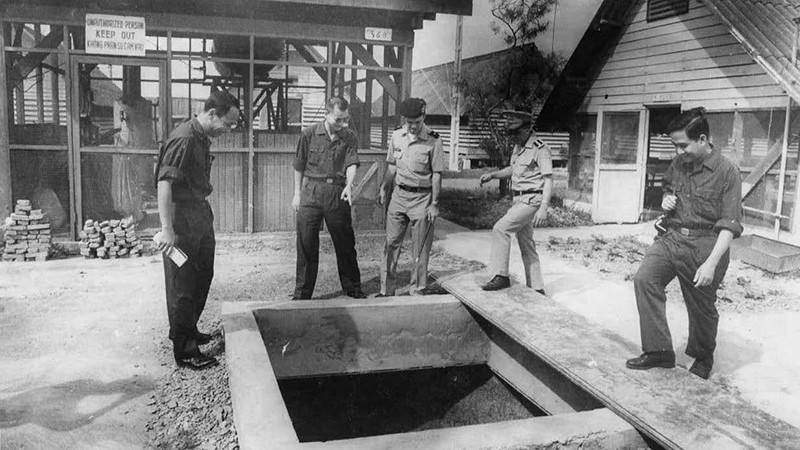



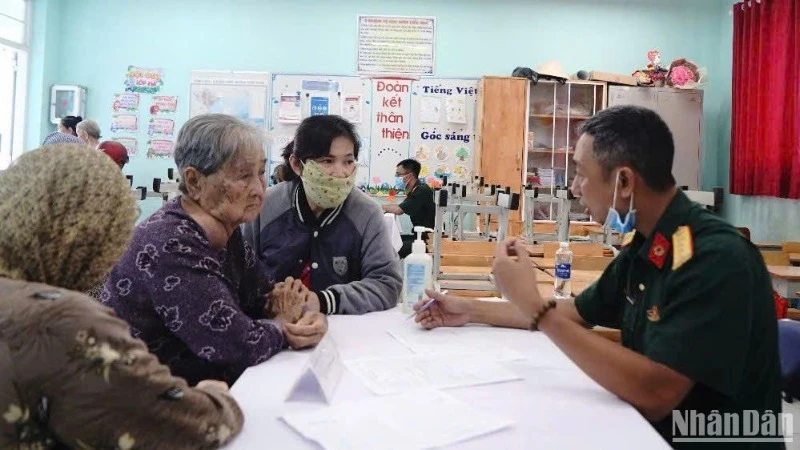
![[Photo] Prime Minister Pham Minh Chinh chairs the Government's special meeting on law-making in April](https://vstatic.vietnam.vn/vietnam/resource/IMAGE/2025/4/13/8b2071d47adc4c22ac3a9534d12ddc17)


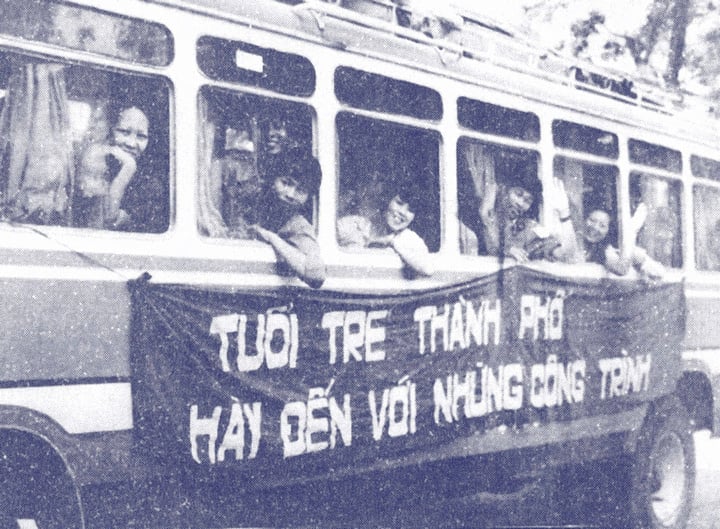

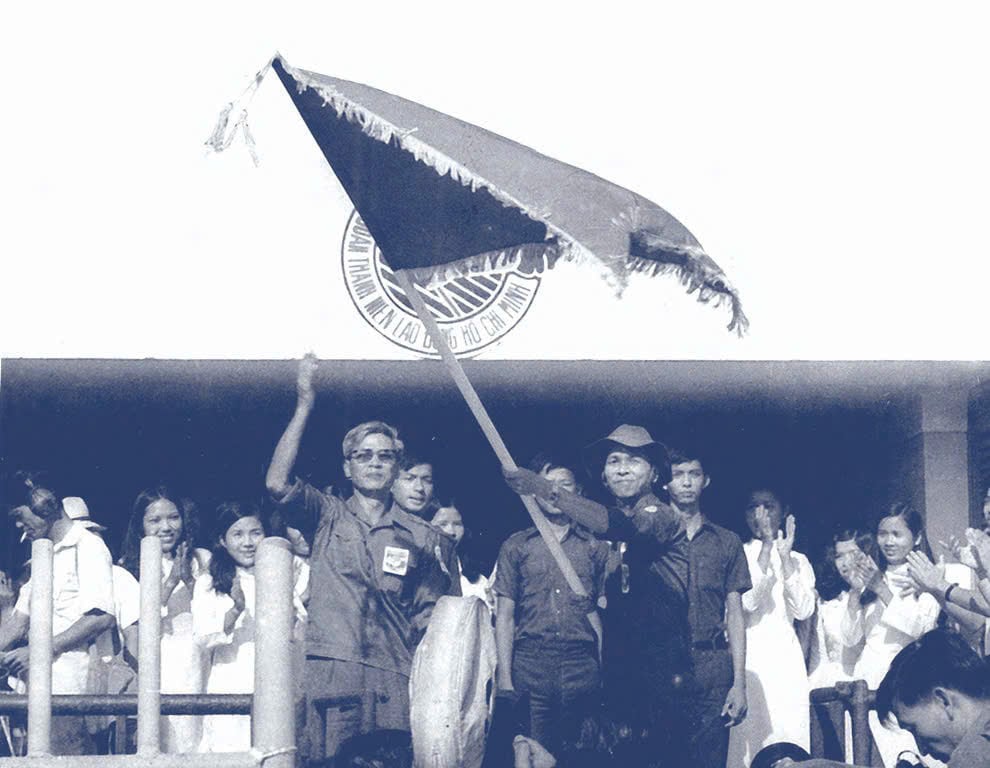
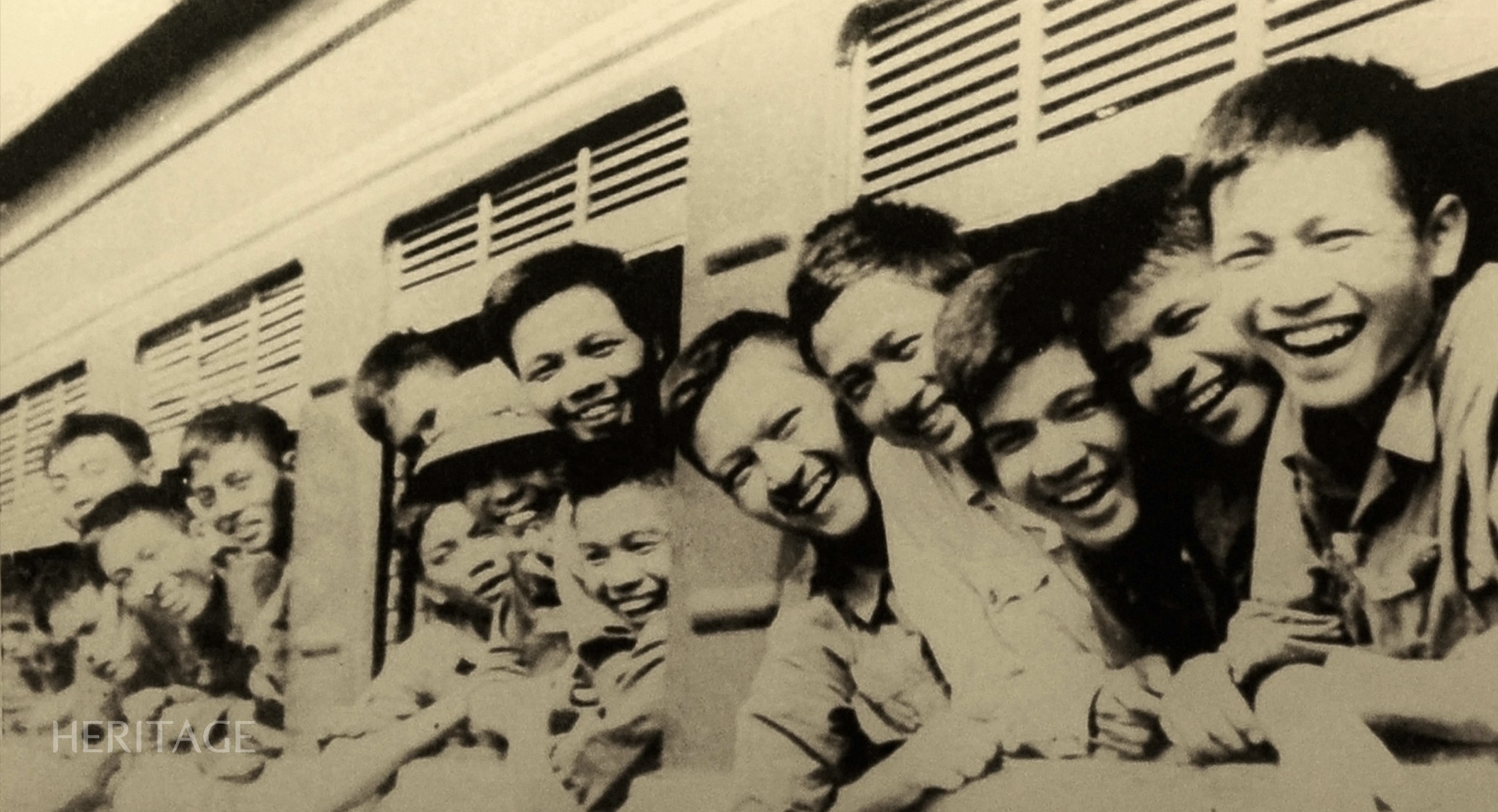



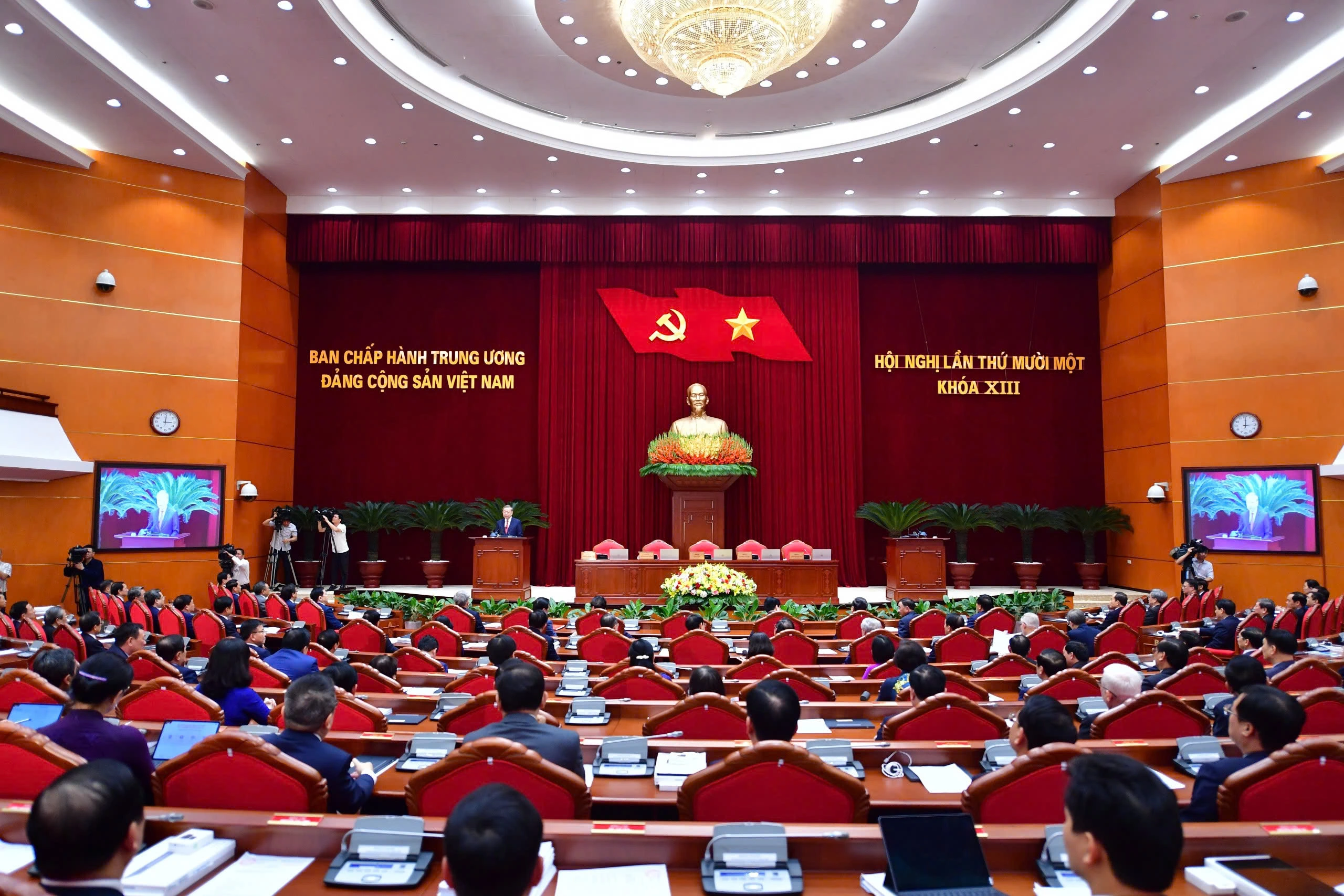
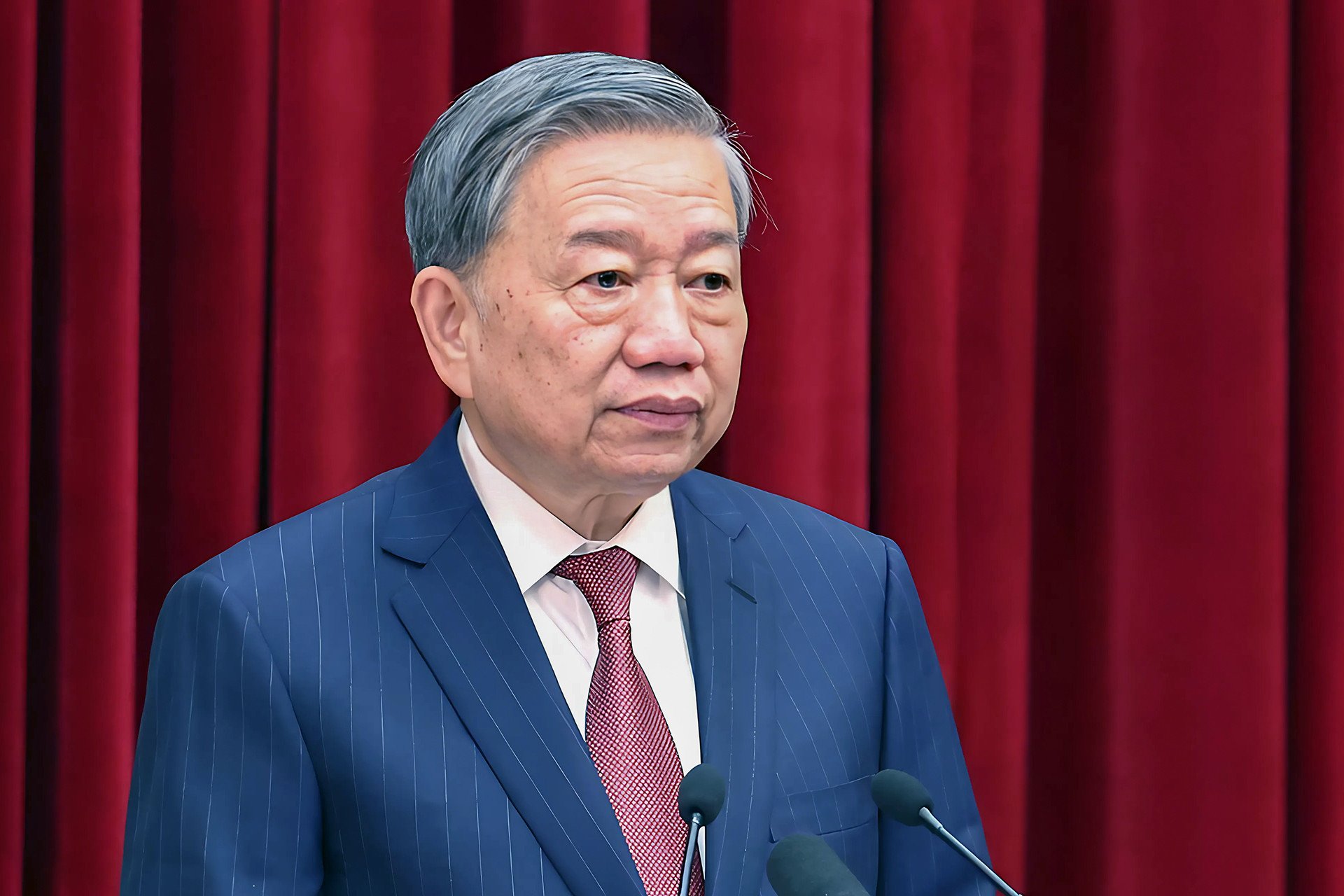
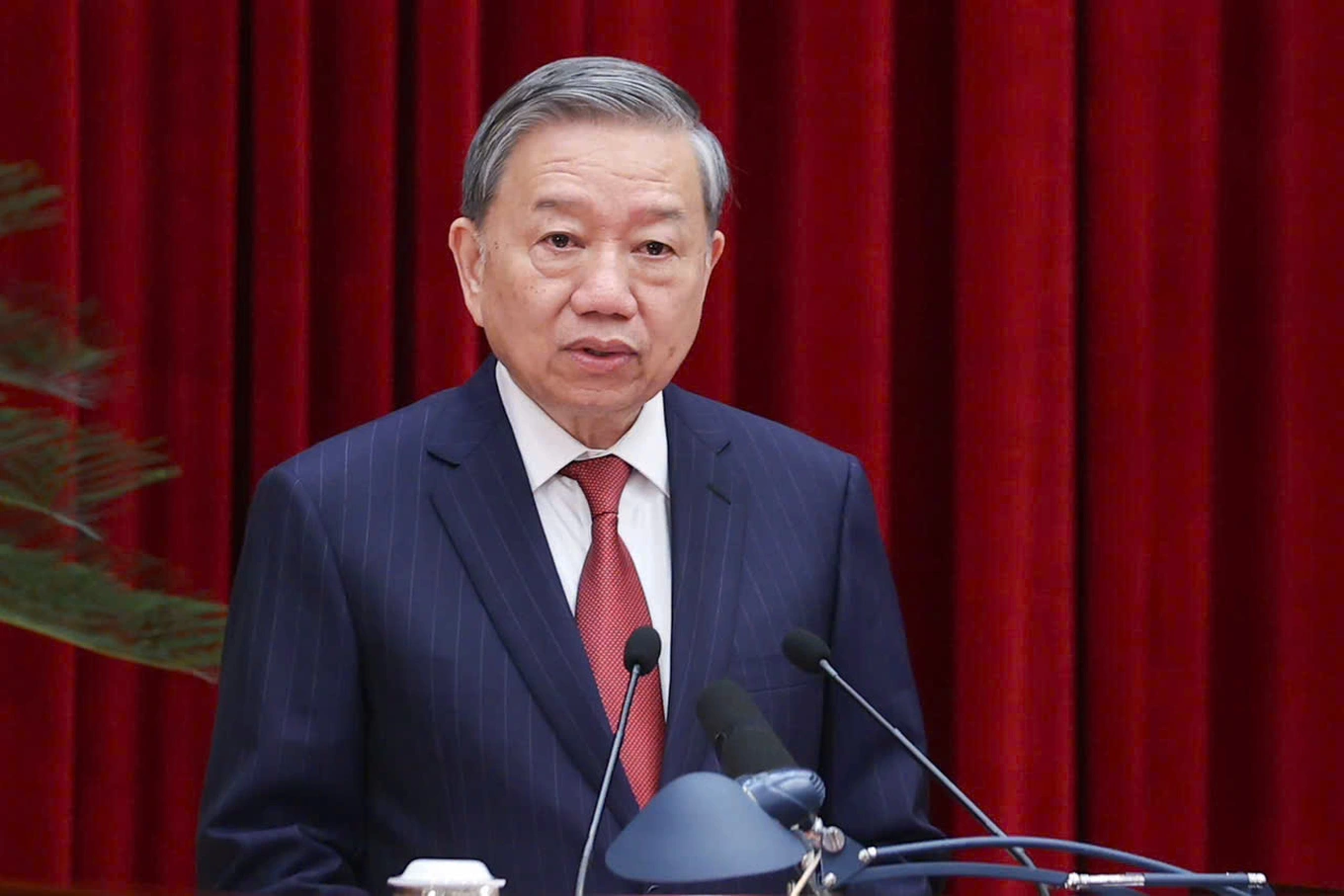
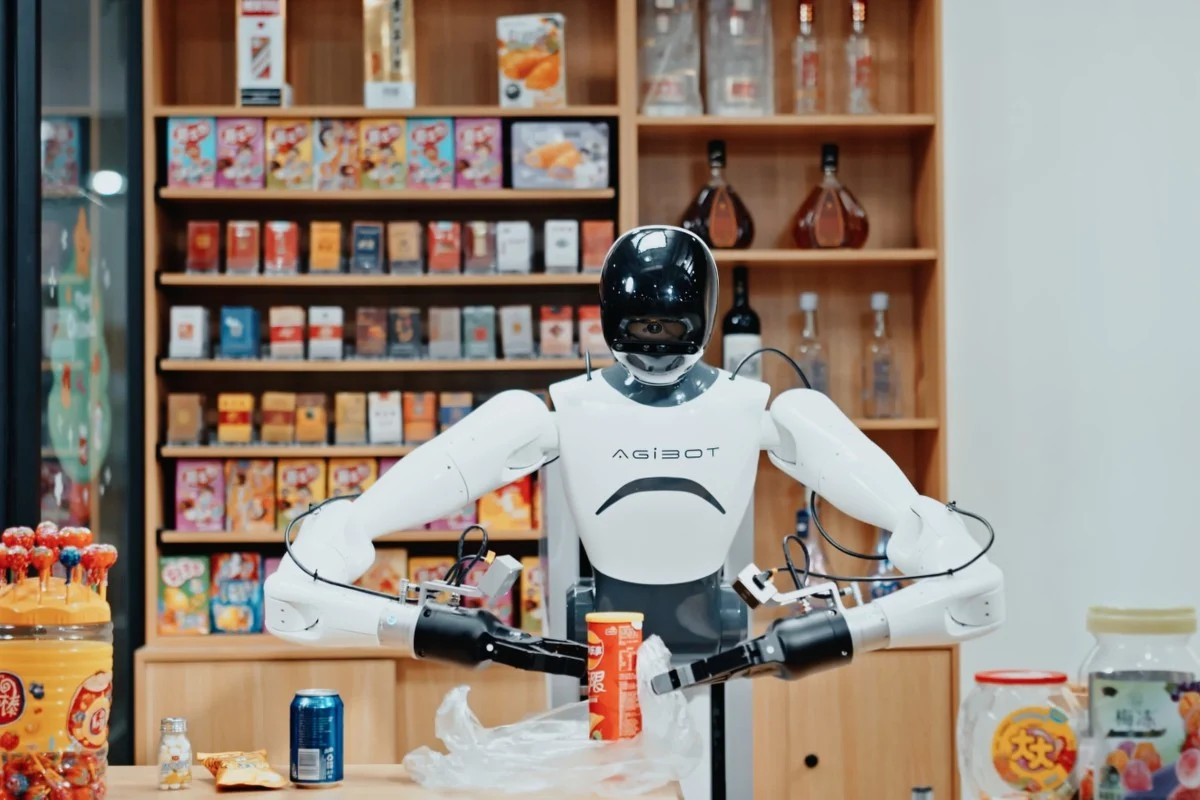
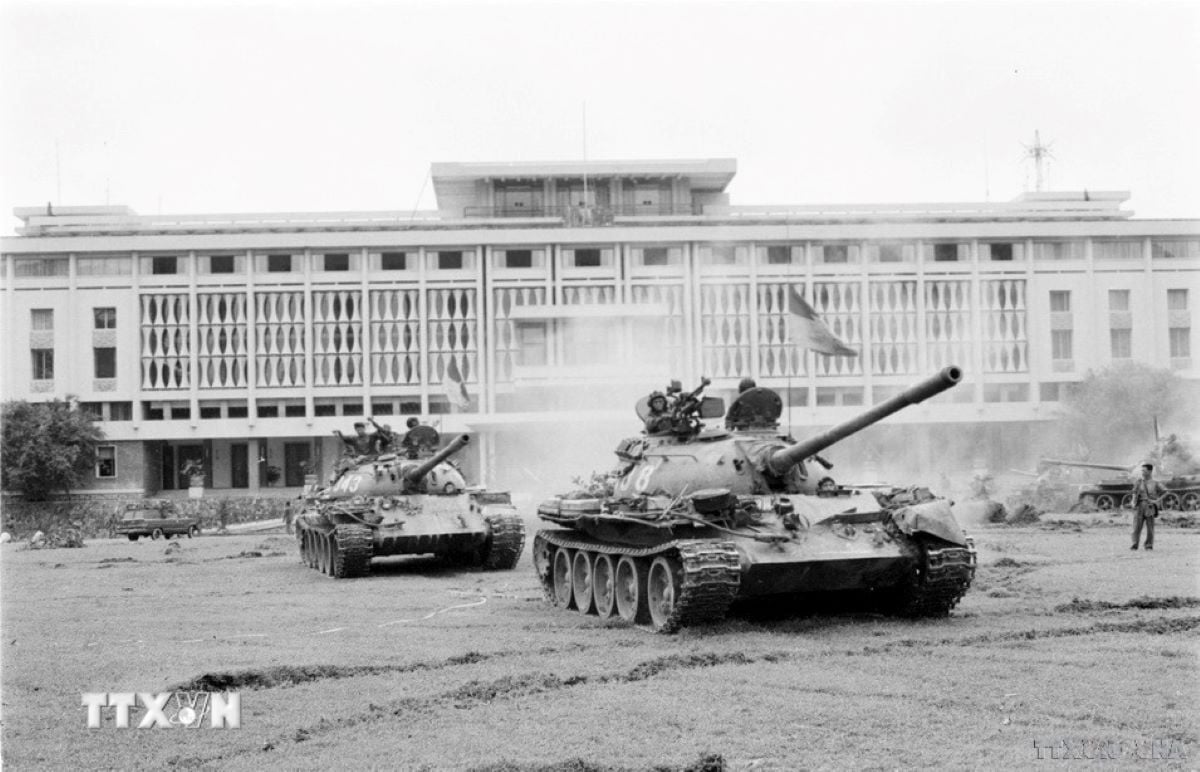
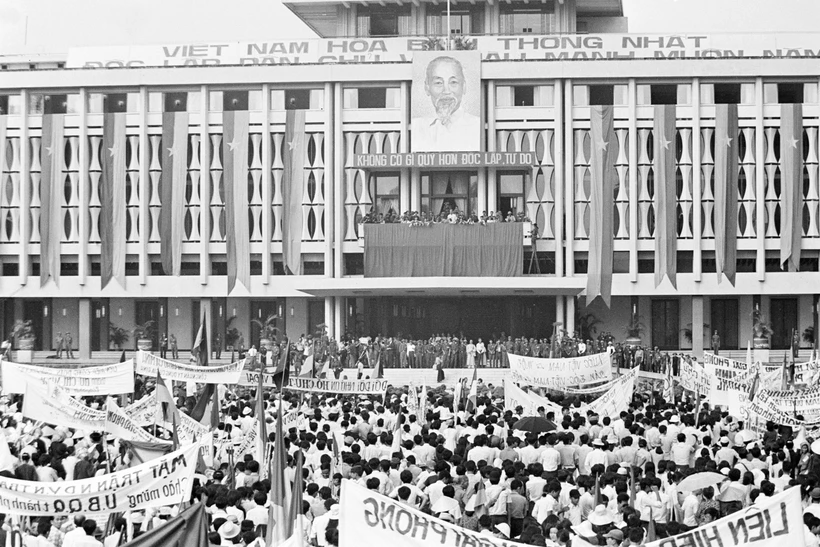



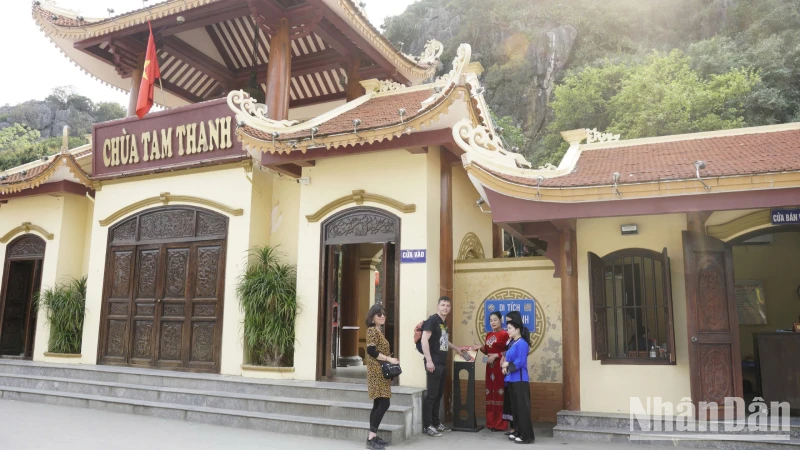
![[Photo] Free health check-up for policy families in Cu Chi district](https://vstatic.vietnam.vn/vietnam/resource/IMAGE/2025/4/13/d2abdd768f84432aac3cc82cb6b58fa8)
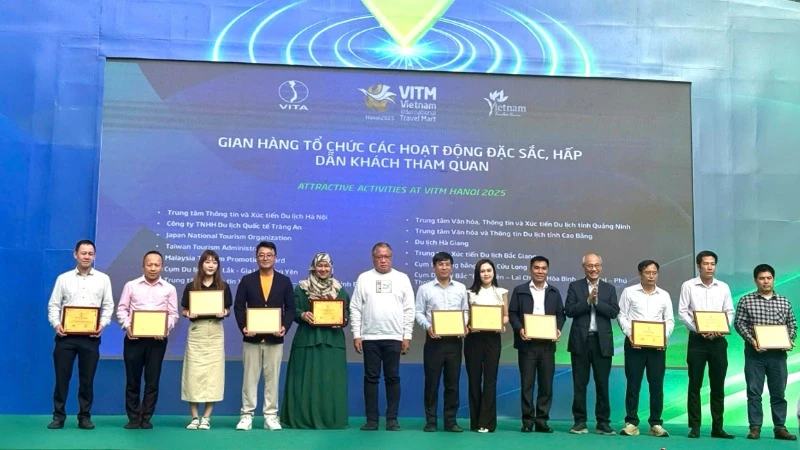
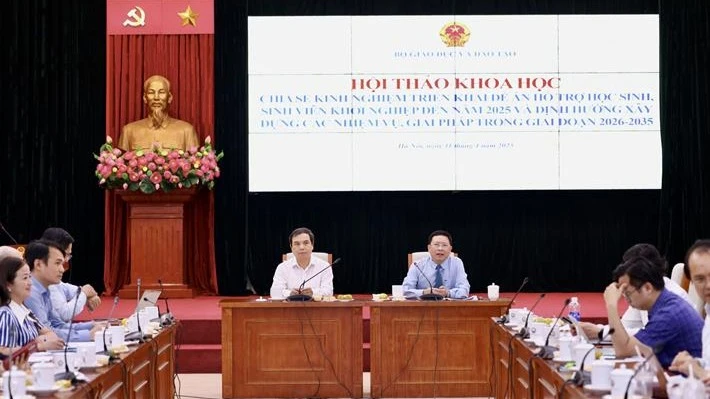






























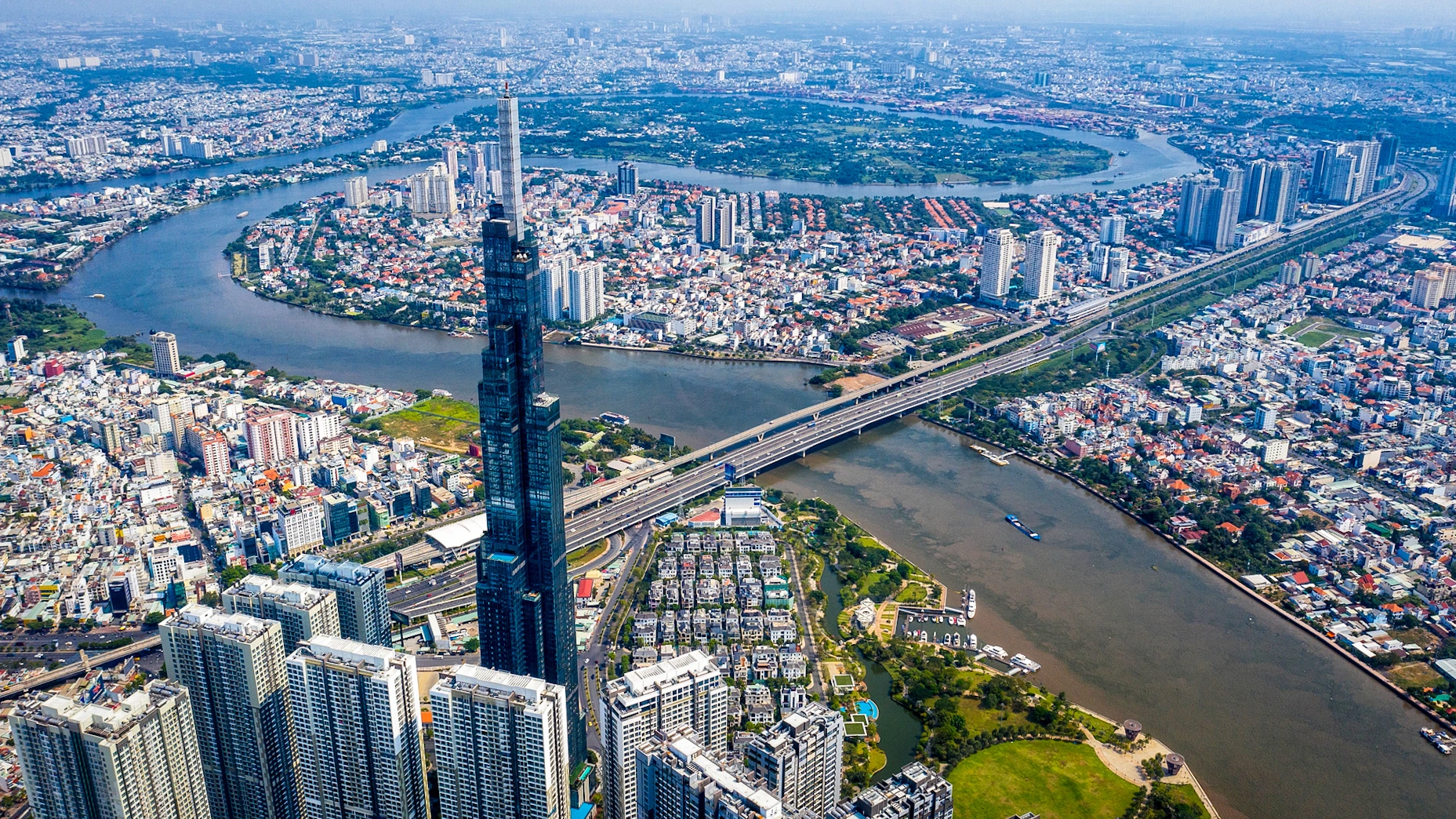




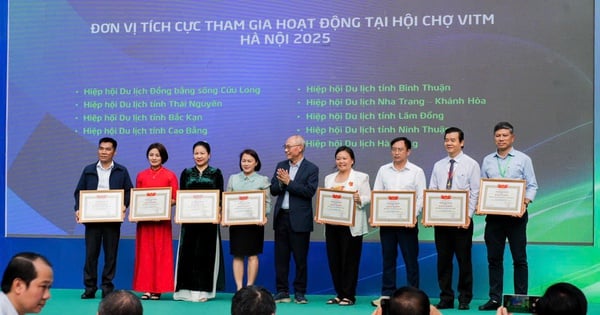




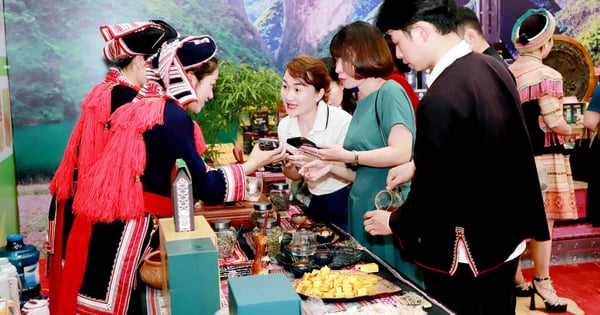



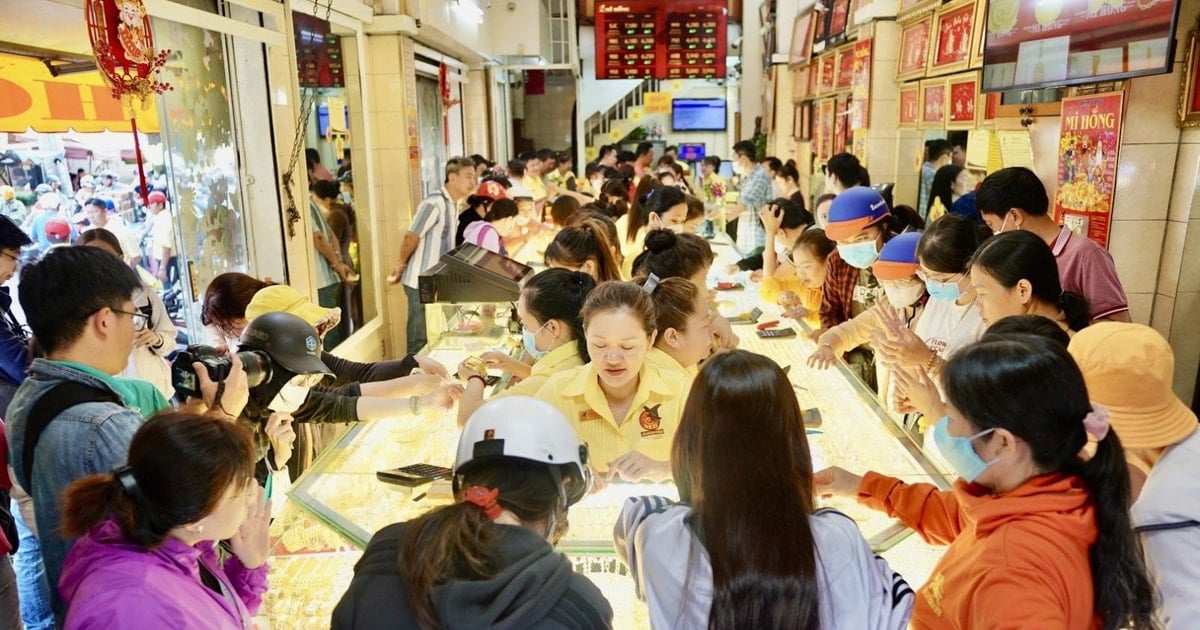



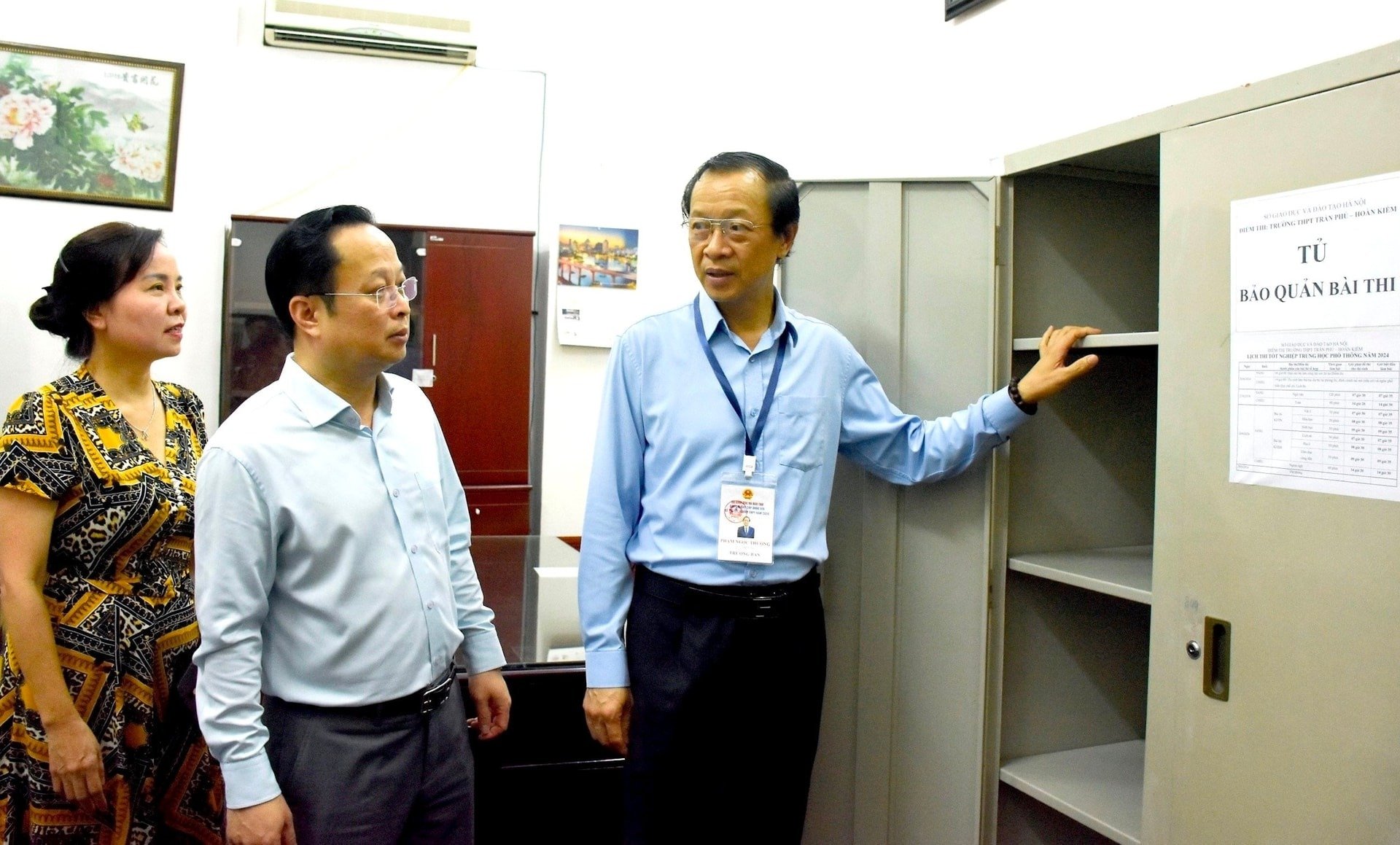





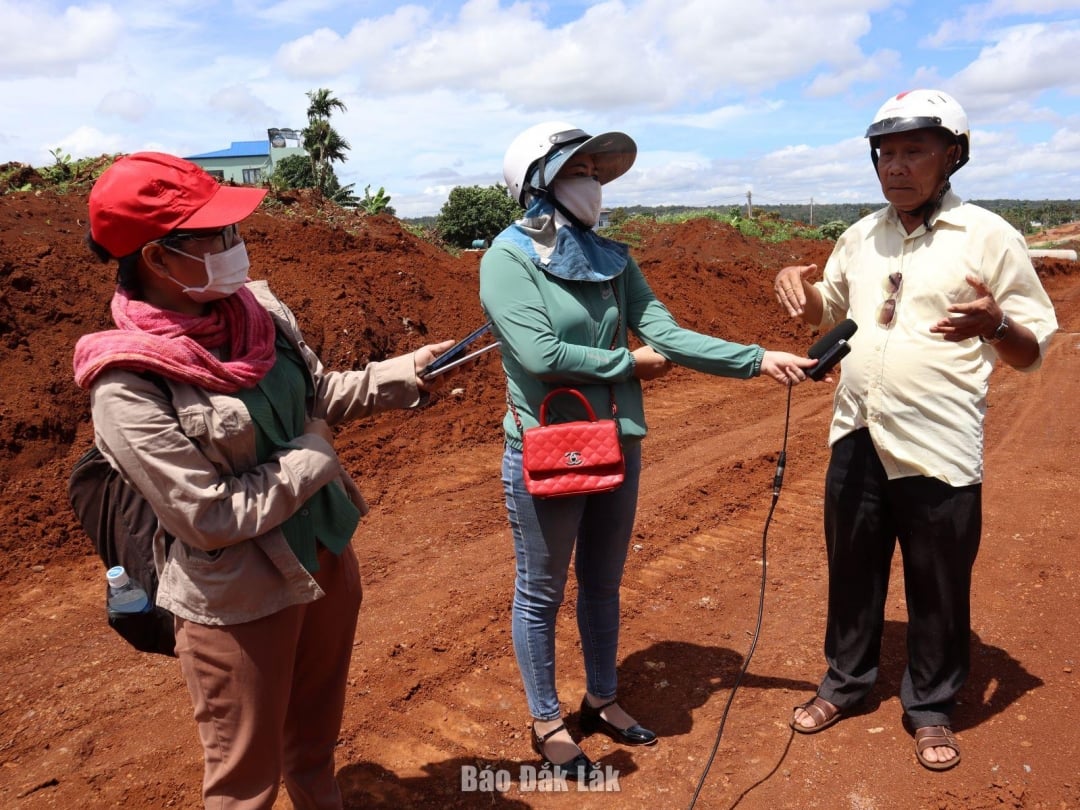











Comment (0)